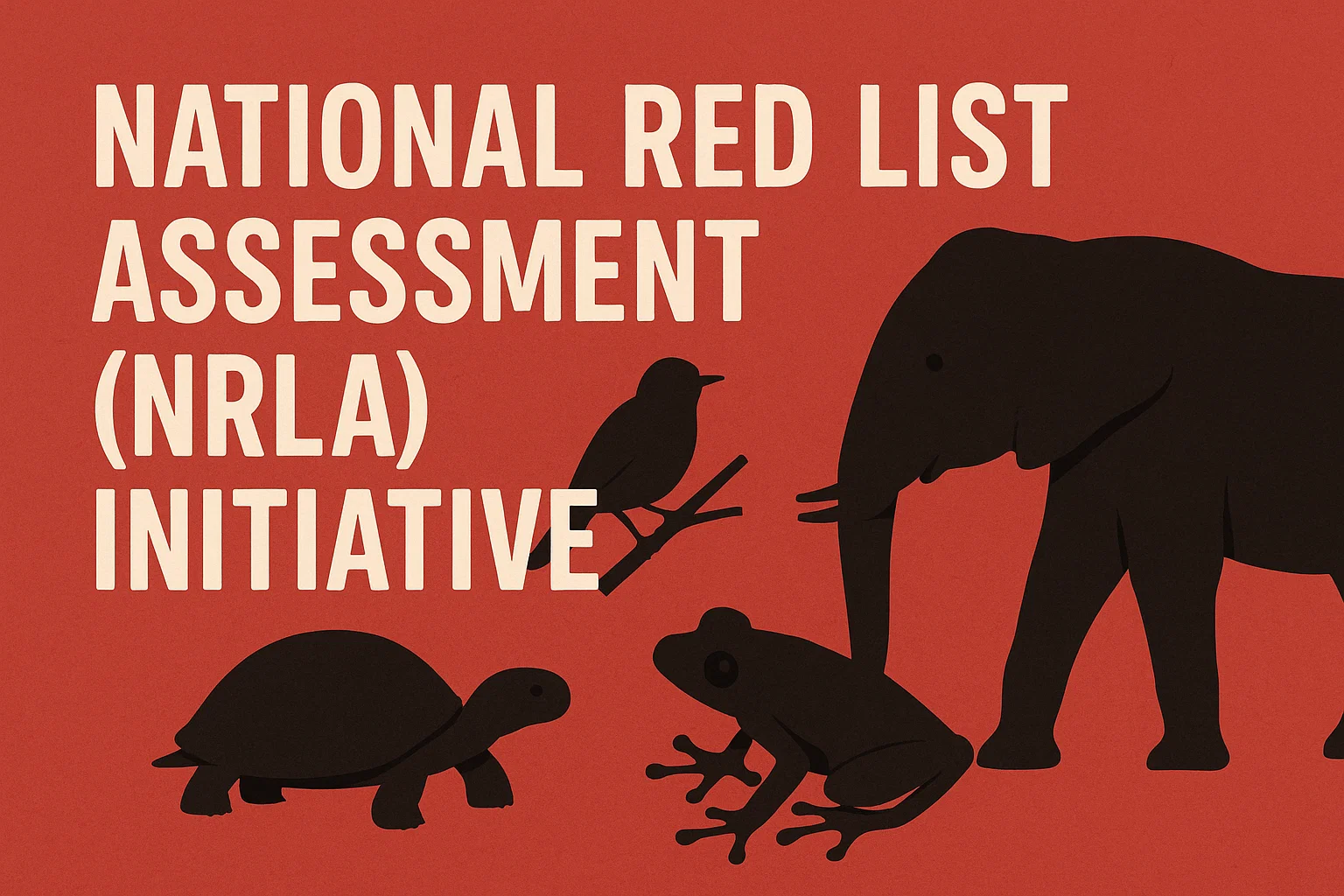India’s Fintech Regulatory Sandboxes
Context: India’s fintech sector is rapidly expanding, powered by breakthroughs in digital payments, lending, and financial services. Regulatory sandboxes have emerged as key policy tools, enabling controlled experimentation with new financial technologies, and facilitating faster innovation cycles while maintaining systemic stability.
A Regulatory Sandbox (RS) is a controlled framework established by financial regulators that enables live testing of new products, services, or business models by fintech entities in a real market environment, with certain regulatory relaxations for a limited period. The sandbox provides a well-defined space and duration for experimentation while maintaining necessary consumer safeguards and addressing systemic risks.
What is the significance of the fintech sector in India?
- Growth & Scale: India is among the top three global fintech ecosystems, with over 9,900 fintech firms as of June 2023 and projected industry valuation of USD 150-160 billion in the next five years.
- Economic Impact: Fintech is crucial for financial inclusion, enabling digital payments, lending, wealth management, and insurance across urban and rural India.
- Technology Adoption: India leads in real-time payments globally, driven by government initiatives like Digital India and rapidly improving internet infrastructure.
- Global Aspirations: Indian fintechs are now expanding internationally, reflecting capability and confidence on the global stage.
How does the regulatory sandbox bolster the fintech sector in India?
- Controlled Innovation: The RBI’s regulatory sandbox, launched in 2019, offers fintech and Insurtech companies a safe, controlled environment to test innovative products and services without the risk associated with full regulatory requirements.
- Cohort-Specific Focus: So far, six cohorts have tested solutions from retail payments to green finance.
- Consumer Protection & Stability: Sandboxes allow for risk mitigation, real-time monitoring, and consumer protection while fostering rapid product development.
- Regulatory Flexibility: By facilitating dialogue between innovators and regulators, sandboxes help align operational models with evolving compliance protocols, supporting dynamic regulatory adaptation and minimising risk of market distortion.
- Faster Product-to-Market: Limited regulatory exemptions allow faster issue identification and quicker product launches, benefiting both firms and consumers.
What other measures are required?
- Access to Credit: More robust financing mechanisms are needed for fintech startups, including dedicated funds, tax incentives, and MSME credit guarantees.
- Long-Term Policy Framework: Establishing a clear, strategic policy roadmap for fintech growth—including streamlined compliance and regulatory clarity—is critical.
- Data Privacy & Security: As fintech usage surges, stronger privacy, data governance, and security frameworks are necessary to build consumer trust and safeguard the system.
- Talent Development: Collaboration with educational institutions will help build skilled talent crucial for sustaining sectoral growth.
- Regulatory Safeguards: Continued refinement in selection, monitoring, and post-testing guidelines will minimise risks like monopolistic behaviour and unfair market advantage.
- International Expansion Support: Policy and export support for aspiring Indian fintechs to scale globally.


